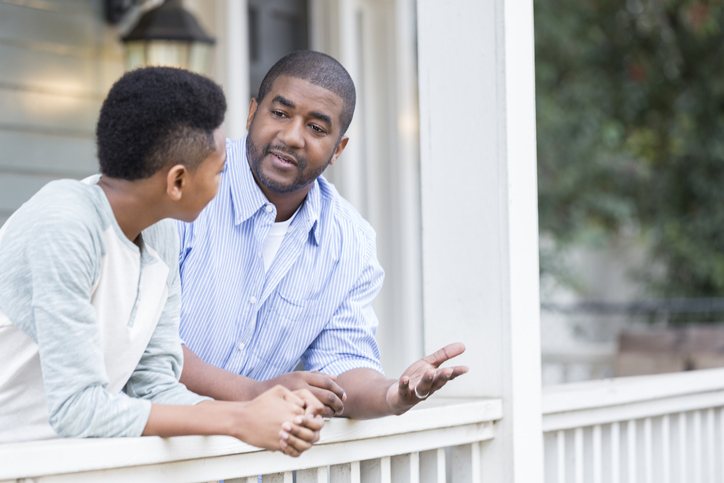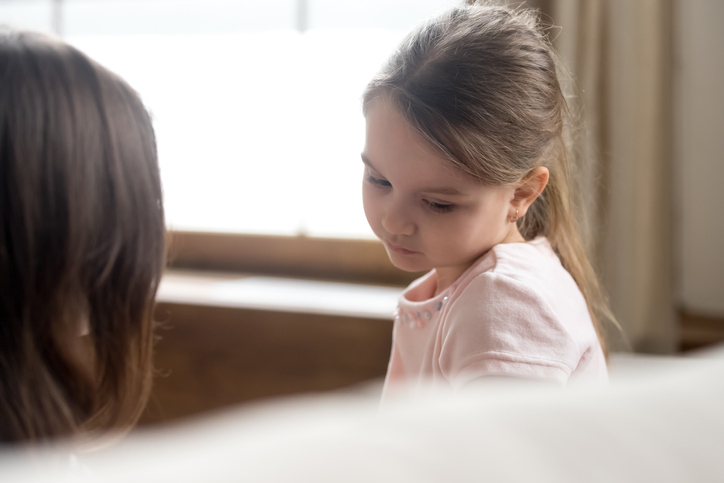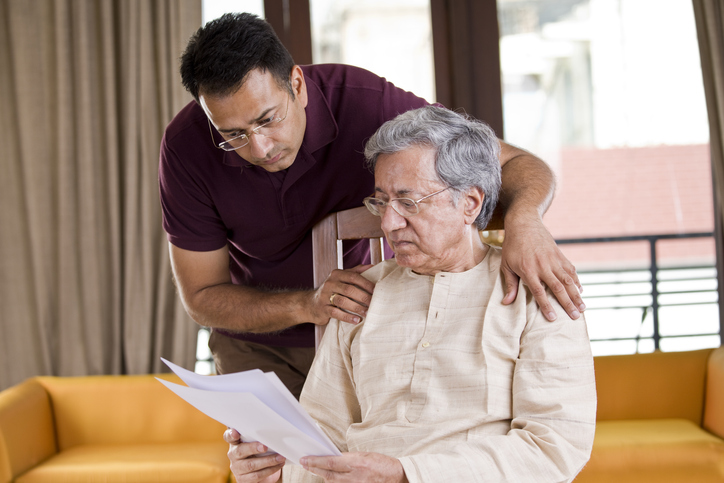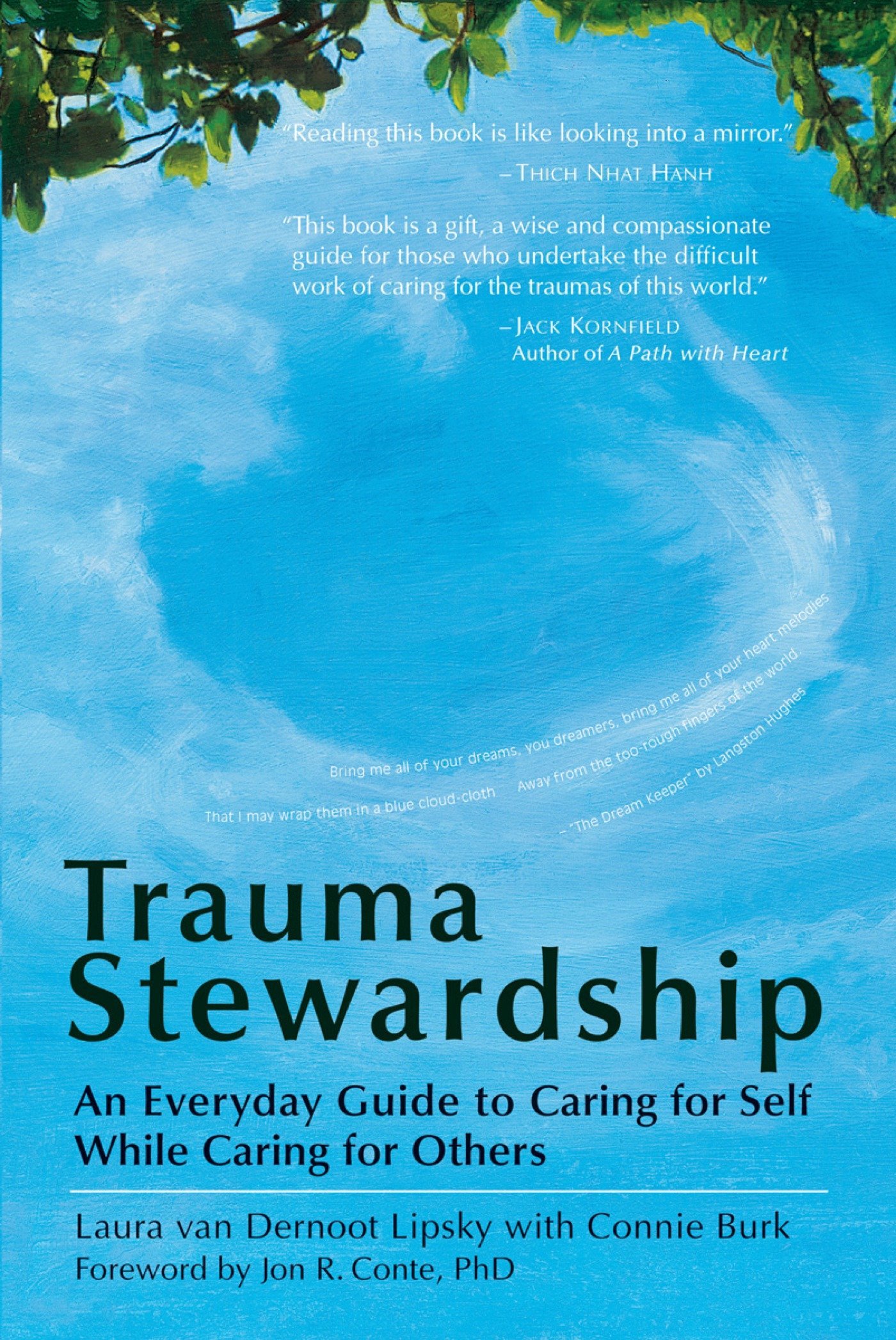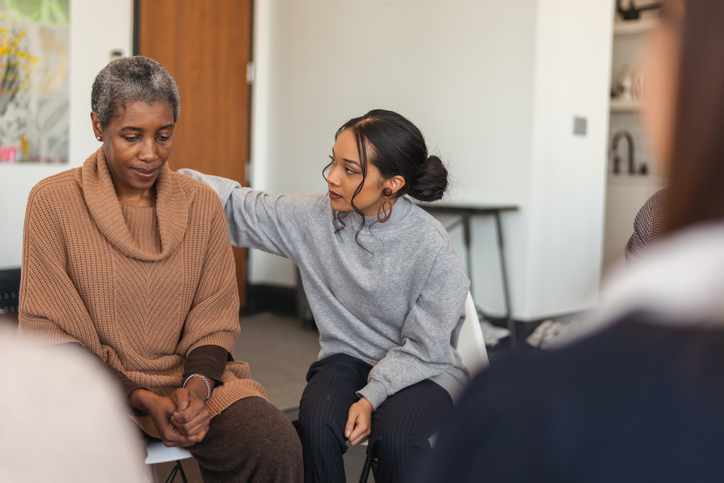In the Absence of Physical Presence
Physical presence means so much. Phone calls are good. Video connections can be better. But there is nothing like experiencing physical presence with the potential or reality of a hand on the shoulder, a hand in another’s hand, and a body-to-body hug.
But now we live in a strange and stressful time of necessary physical distancing with the COVID-19 pandemic. In these days and weeks (and months?) when we feel frightened and worried, the gifts and resources of presence are limited and restricted. We connect by phone, text, social media, and video—and thank goodness for these options—but we know they are not the same. They certainly help, but there is just no way they can be as powerful and comforting as physical, whole-body, whole-self presence.
In training healthcare professionals, the importance of presence is often emphasized. The goal is to be, no matter what one’s role, a “non-anxious, caring presence.” “Non-anxious” because those who are suffering—physically, emotionally, mentally, or spiritually—have enough anxiety on their own. They don’t need the burden of our anxiety, too. “Caring” because it’s not enough to be a neutral presence. We need to communicate connection and compassion in our presence. Effectively communicating caring is not a simple thing. It takes intentionality, awareness, sensitivity, and openness to another’s pain. While we often focus most on the words we say, people experience our caring more often through our body language, the expressions in our faces—especially our eyes—and the way we say our words. Two people can say the same words but leave a very different impression of caring and compassion.
Earlier in my career, I worked in pediatric oncology and was often on-call for my patients if they were in the hospital at what could be, or looked to be, the end of their lives. For most patients and families, I had been with them for the twisting and turning path from diagnosis through treatment to this time where treatment was no longer helpful. If I got a call in the middle of the night that death was near or had just occurred, I came. Entering the patient’s room, few words, if any, were needed. We knew each other as I had had the privilege of being there in good times and bad. My physical presence in the middle of the night did the speaking. It said, “I care about you. I grieve with you. I will help and support you any way that I can.”
In those pediatric cancer years, about once a month I would also be on-call for the whole hospital from midnight to 8 am. Sometimes I would be called because a patient who I did not know had died. In some ways, these were more difficult. For the families I knew, my presence carried layers of meaning because of our shared experiences. For these unfamiliar families, my presence was a question mark of meaning. I would enter the room as a stranger, and the family’s understandable thoughts were “who are you and why are you here?” It was still possible to be a “non-anxious, caring presence,” but it was much more of a challenge to connect and for the family to experience compassion.
We have all been there when the presence of family and friends made a difference. During times of crisis, when we’ve been in the hospital, and for funerals, it’s mostly presence that speaks to us. People often fumble for words, stand speechless, or say unhelpful things. But what matters most, what says the most, is that they came. There is no eloquence like presence.
Our experienced grieving selves know about the challenge of living in the absence of physical presence. We have lived with the deaths of family and friends. We have yearned for their touch and the experience of their bodies and their whole-self presence. But the comfort of their touch and physical presence was not to be found, and that loss brought deep, human grief. Our grieving selves learned, however, that we are not left without all presence. We have rich and layered memories. We carry an ever-increasing community of friends and family in our hearts—those we could never leave behind. Looking at our bodies and at our homes, there are pieces of presence everywhere. Clothes, jewelry, tattoos, pictures, mementos, and more. And stories, so many stories. There are times, too, when we experience presence in ways that we don’t always share with others for fear of skepticism or judgment. A red bird lights just outside our window or lands in our path. We hear a sound of a voice, feel a brush of something pass, catch a glimpse. We have dreams. In times of trial, we sometimes hear their voices in our heads and in our hearts.
Despite all these ways that presence manifests when physical presence is absent, we are left disappointed. These other expressions of presence are significant, but we understandably want more. Our grieving selves work to make a truce with this reality. We grieve the presence that is lost to us while we seek and cherish the evidences of presence left to us. What presence is left does not feel like enough, but our wiser selves understand that we can live as if it is enough. And for that presence left and possible, we are grateful.
Our grieving selves have much to teach us and others who may not have lived as long or as deeply in times of physical distance. It is possible to live, and even live well, in these circumstances, although it is not easy and we need not pretend otherwise. Sometimes we even grow in such times, but we should never burden ourselves or others with this obligation. Our best grieving selves have learned that there are seeds of presence to be found planted deep within us by our past experiences with those we love. Not as good as a hug, but a comfort nonetheless.

Greg Adams, LCSW, ACSW, FT
Program Coordinator
Center for Good Mourning
[email protected]
Other Voices
"At least he lived a good long life.”
“Don’t be sad; you had 80 good years with her.”
“It’s the natural order of things.”
Statements like these are often a misguided attempt to provide comfort to the person who’s grieving. But in reality, they can be quite minimizing. If you reread them – don’t they all seem like they could be followed with “…and so you shouldn’t be sad.”
When supporting a grieving person, it’s never advisable to try and point out a silver lining. Nor should you ever explain to a grieving person why they should feel any less devastated than they do. Someone they love just died, and they are entitled to all their pain. Continue Reading...

